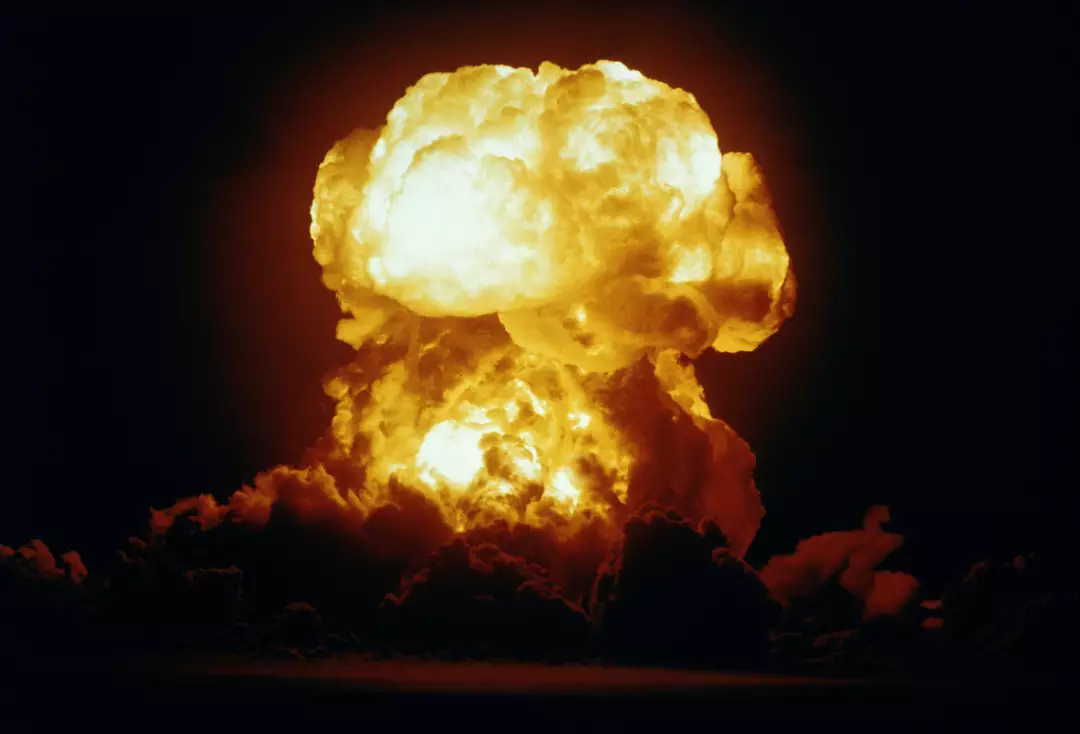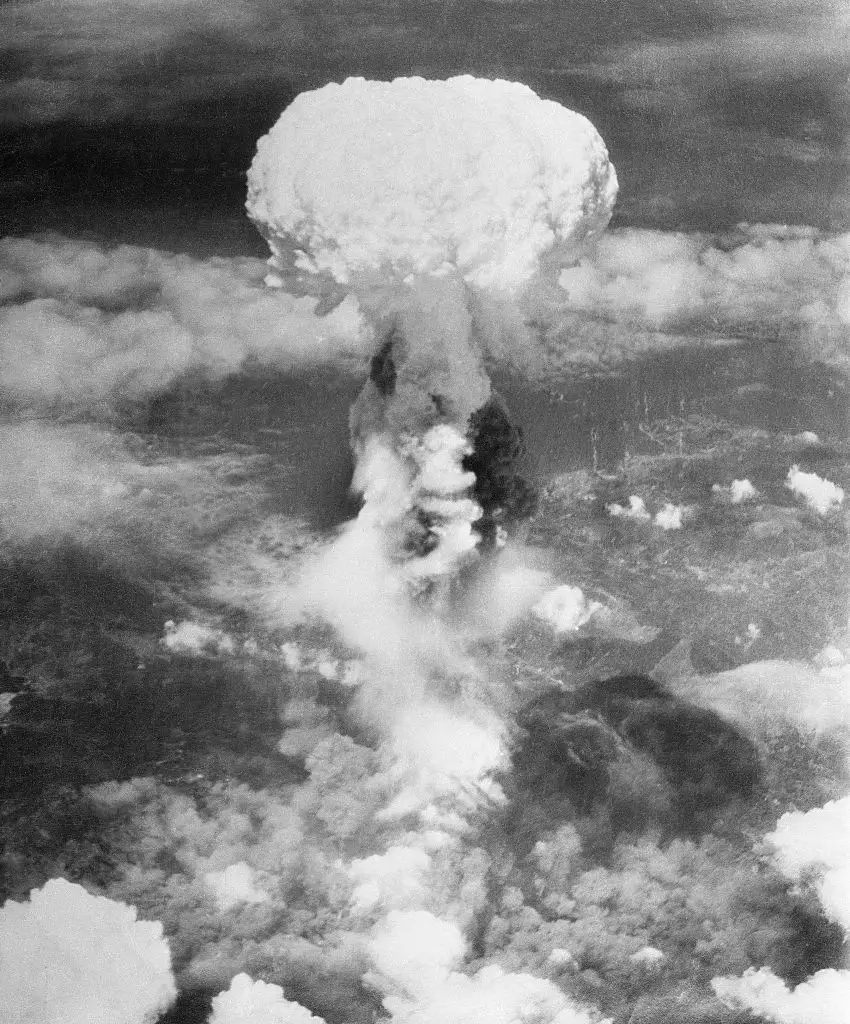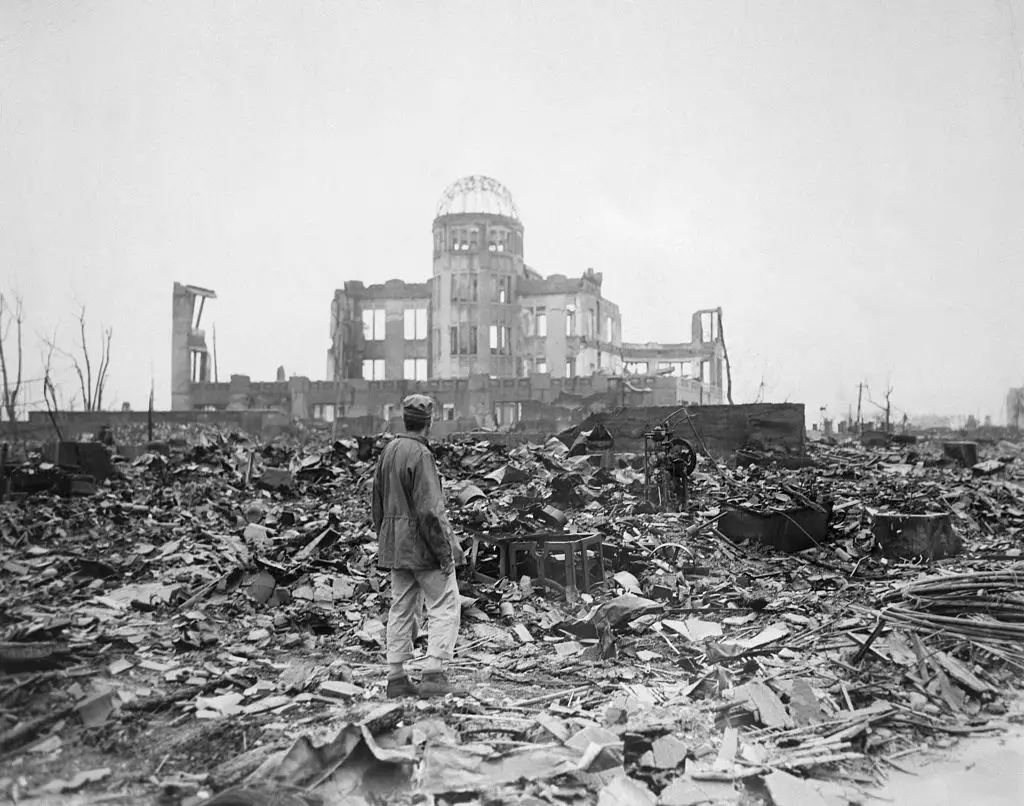An expert in nuclear science has detailed the effects of an atomic bomb explosion on the human body.
Alex Wellerstein, a historian specializing in science and nuclear weapons and a professor at the Stevens Institute of Technology, recently provided insights into nuclear arms, the mechanics of radiation, and the aftermath of the US’s atomic bombings in Hiroshima and Nagasaki during World War II.
These attacks mark the only instances of nuclear weapons being used in warfare. The explosions caused vast devastation, leading to immediate fatalities for tens of thousands and subsequent radiation-related deaths for many more.
Discussing the sequence of events during an atomic bomb explosion and its effects on humans, Wellerstein offered a detailed breakdown, highlighting the severe consequences of both the radiation and the explosion.

In a discussion with WIRED, he explained, “The first thing, if you saw a nuclear weapon go off, one, the brightness. It’s very bright. With that brightness comes this flash of radiation. If you are close enough to an atomic bomb, you will instantly get a lot of radioactive particles, gamma rays, beta particles, things like this, going through your body.”
He continued, “For the Hiroshima bomb, the radius from the detonation point where you would get a fatal amount of radiation is about three quarters of a mile. If you’re in that zone, you’re probably dead no matter what happens next.”
He further elaborated, “If you’re a little out of that zone, you might still get some radiation. That is probably not your biggest concern for most nuclear weapons, but it’s not the best.”
“The next thing you would experience is heat. The surface of the fireball is hotter than the sun, briefly. If you are in direct line of sight with this, it’s sort of like if the sun was suddenly a lot closer than it is now. If you are really close to the fireball, you could literally be vaporized.”
He pointed out, “Most people at Hiroshima and Nagasaki are not vaporized or melted, but they were severely burned.”

Wellerstein described how at varying distances from the detonation point, known as ground zero, buildings would either be completely destroyed or severely damaged.
He explained, “The next effect, that fireball in that first split second of it going off, is superheating the air around it. It’s going to be moving outward, this is the shock wave, the blast wave. As it goes out, it’s this wave of pressure that’s going to intersect with the ground and move along it and push.”
“The more it goes, the weaker… this is powerful enough at different distances to do a lot of damage,” he said.
He noted, “At Hiroshima, if you were about 300 meters from ground zero, that would be enough blast pressure, about 20 pounds per square inch, to destroy almost any building.”
“Any buildings that are still remaining at Hiroshima, like the famous Atomic Bomb Dome are gutted,” Wellerstein added.

Known as the Genbaku Dome, this building is the lone structure left standing after the Hiroshima bombing.
In the aftermath, it was maintained as a beacon of hope for peace and the abolition of nuclear weapons.

